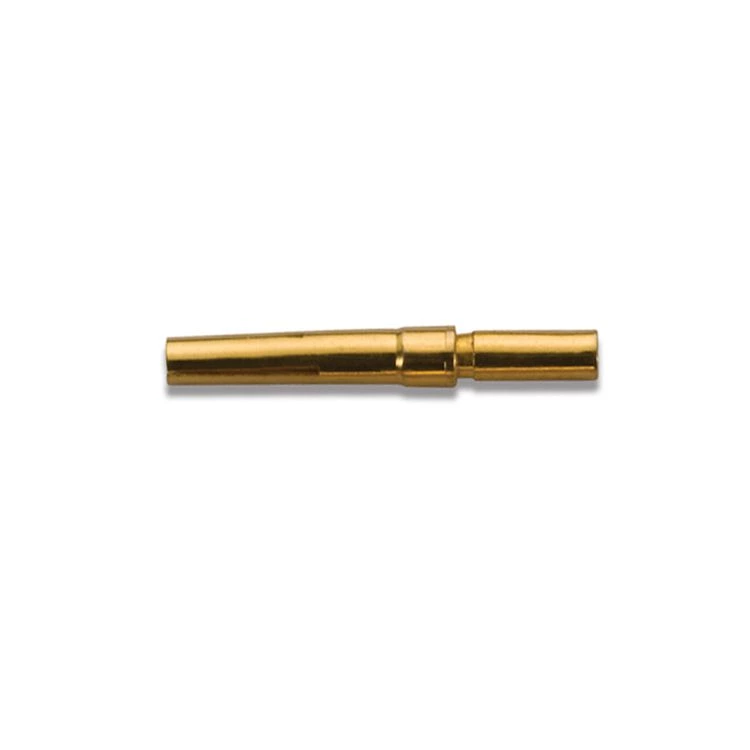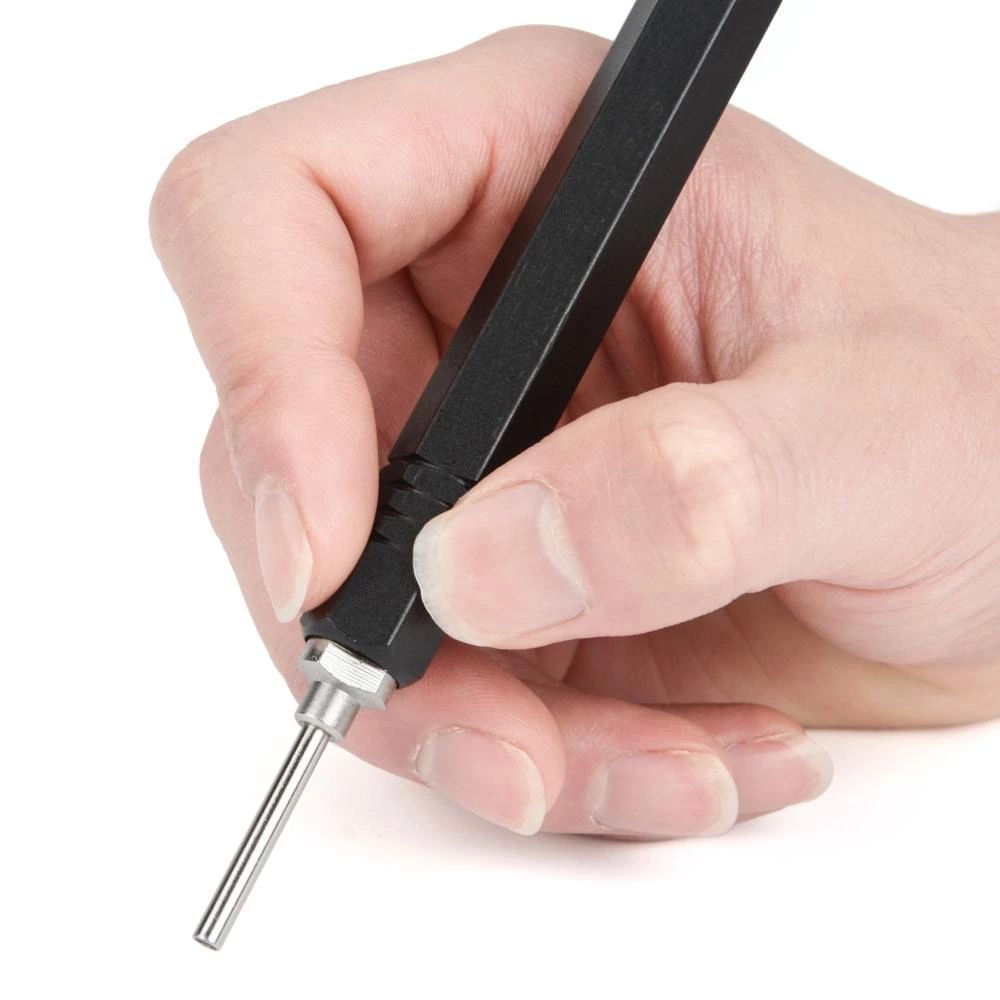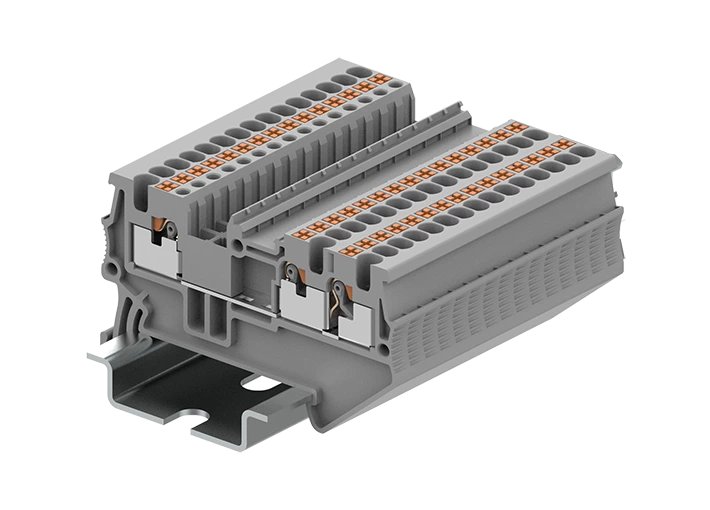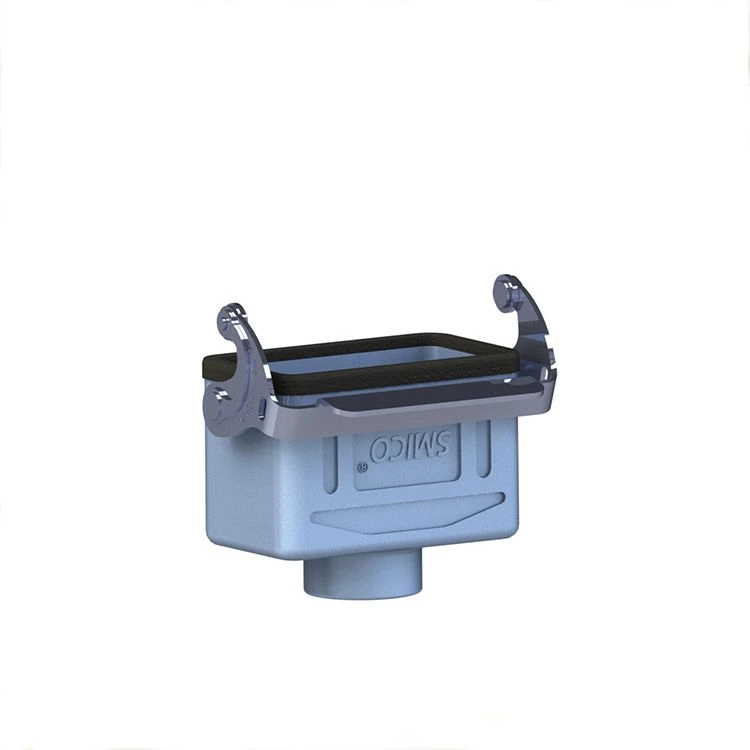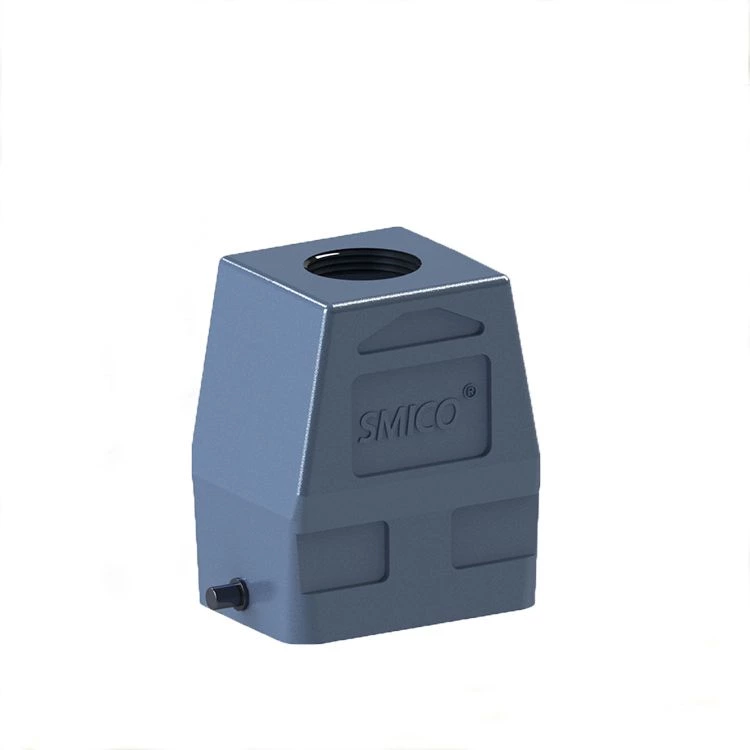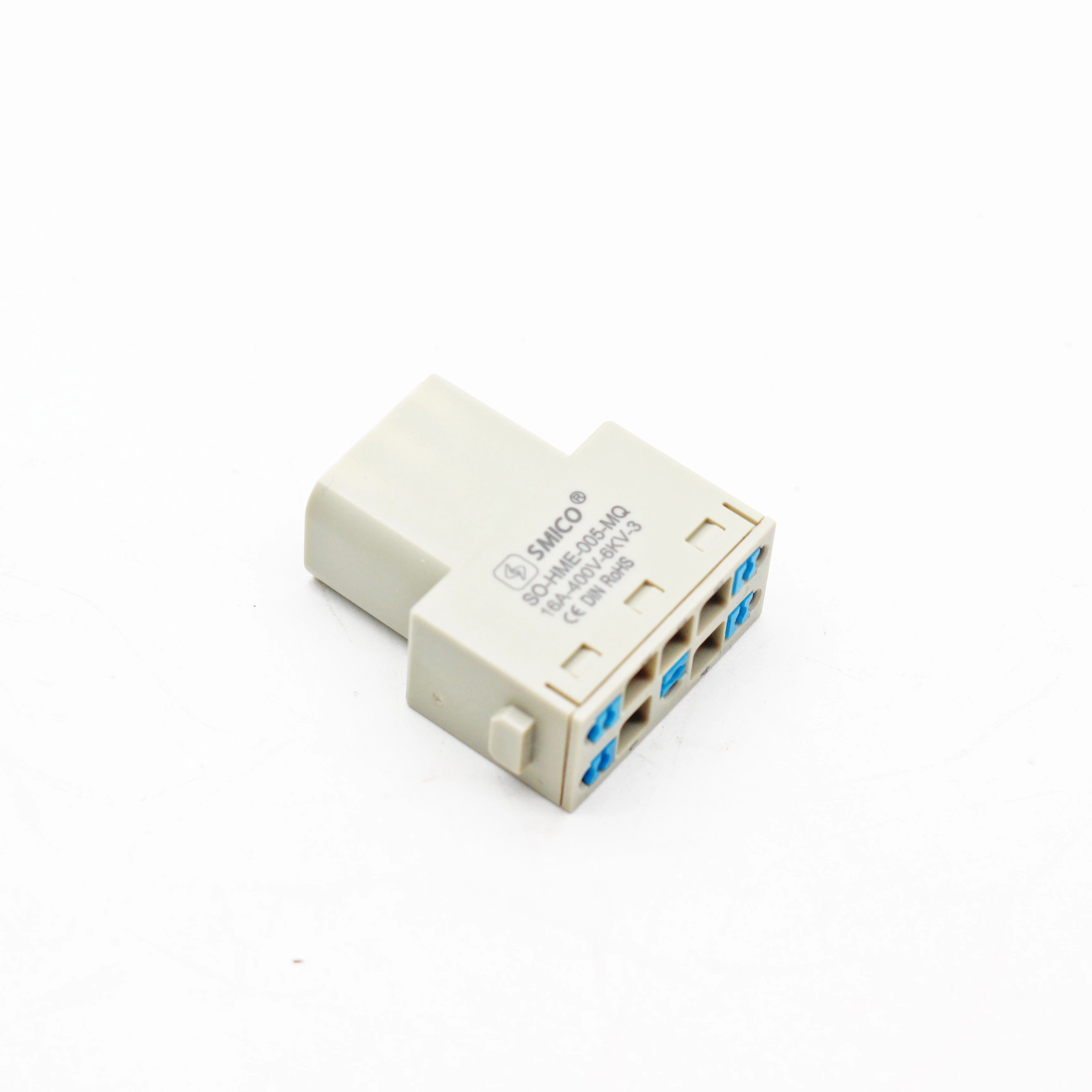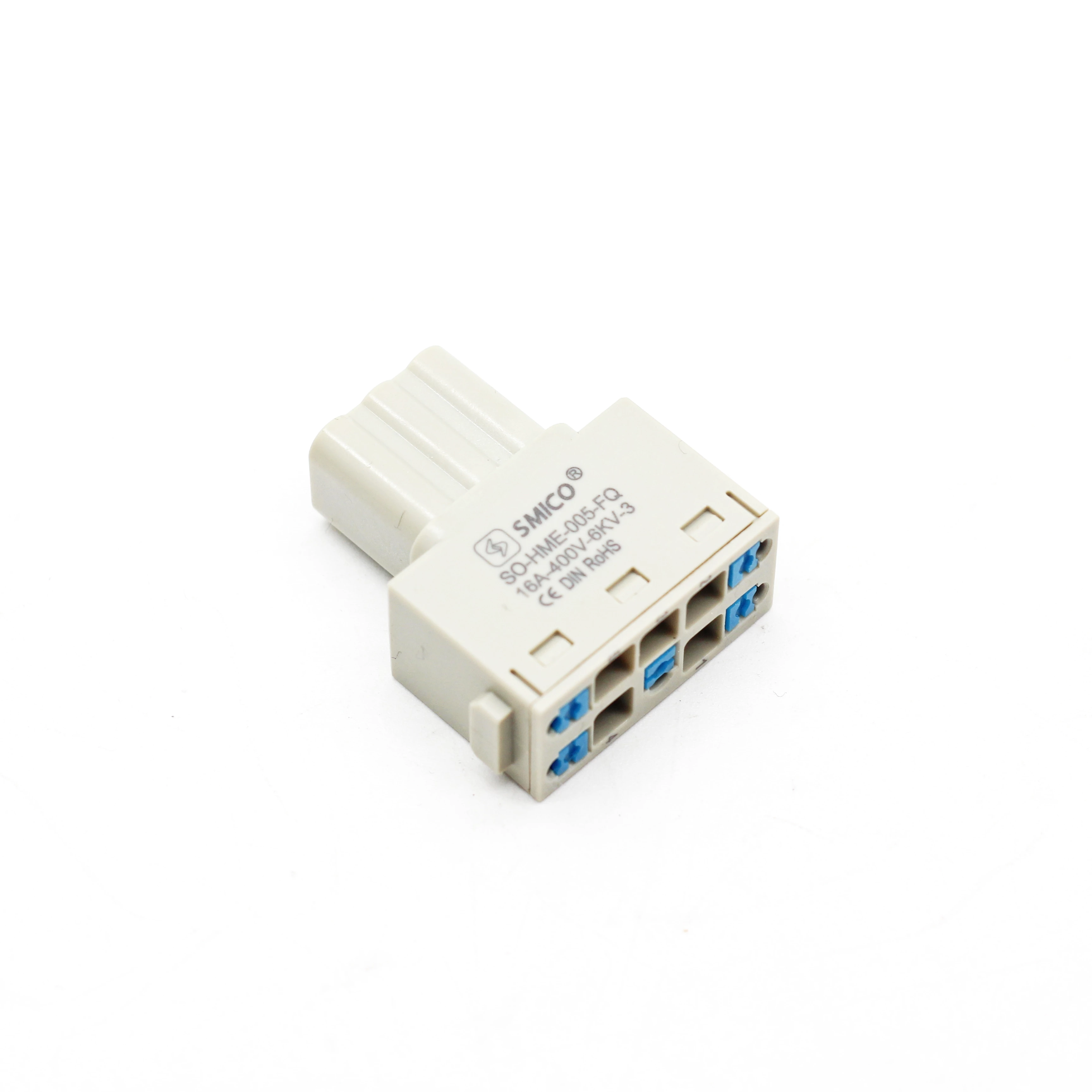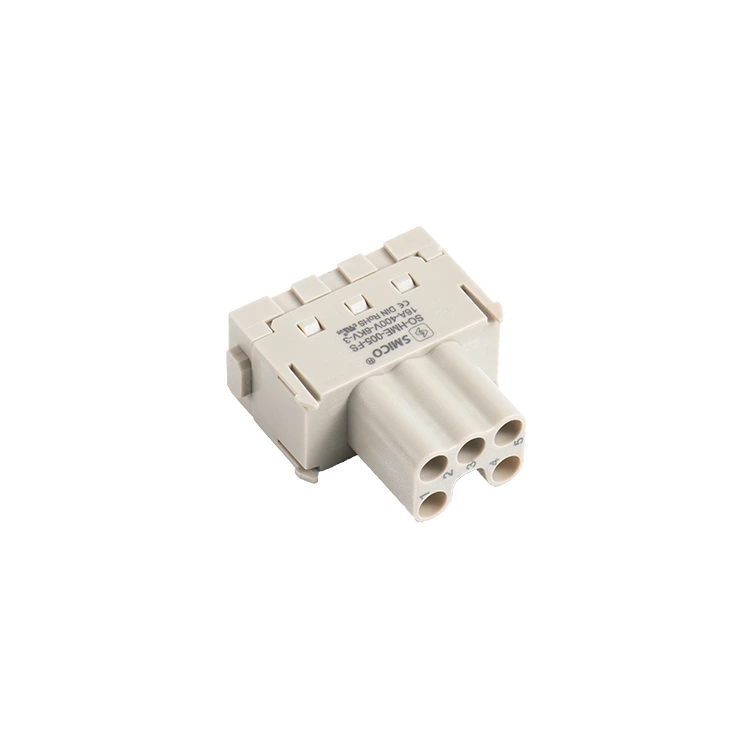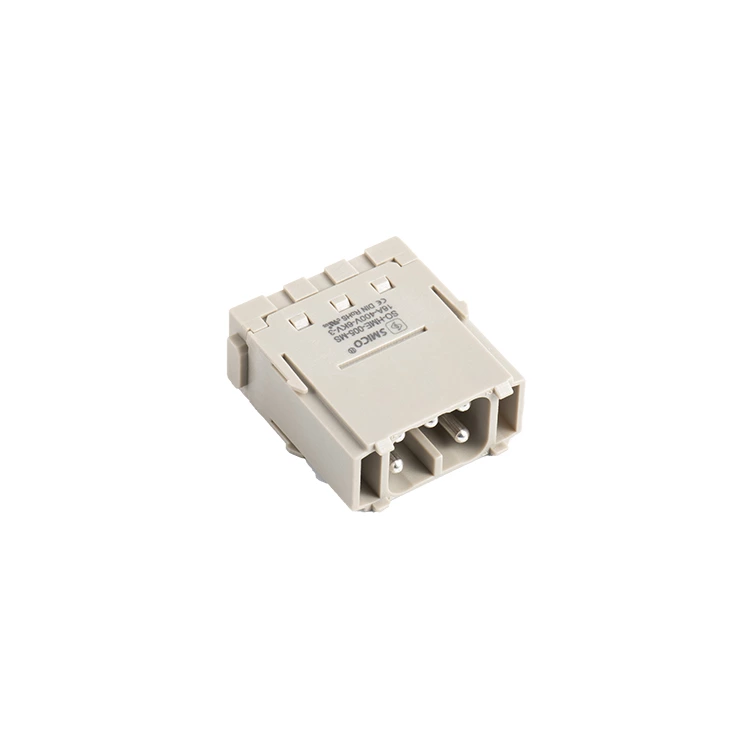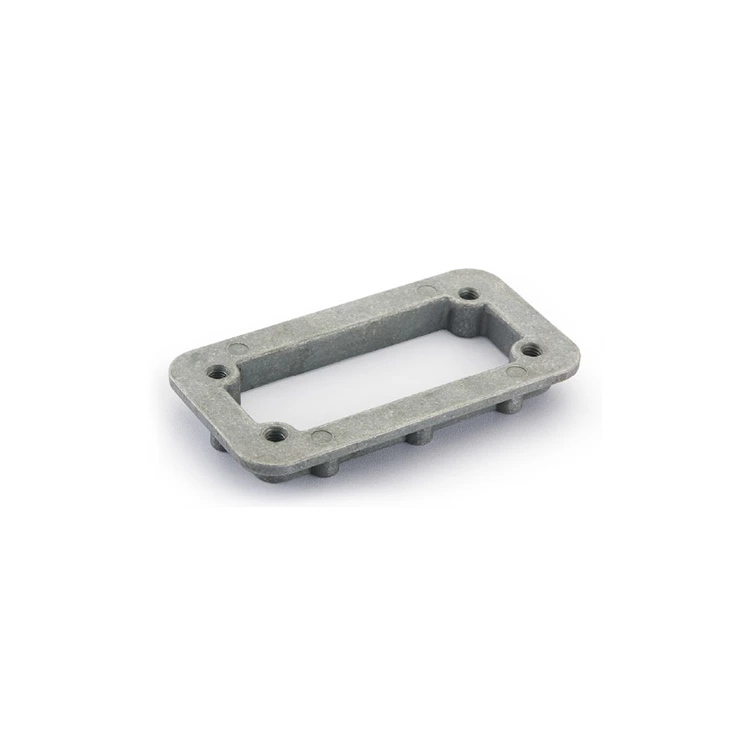The Viewpoints Show That There Are Different Views On The Role Of Diffusion In The Metal Bonding Process During Metal Cold Welding.
crimp socket contact For a long time, some articles have adopted the view of diffusion bonding when explaining the solid-state welding mechanism including cold pressure welding. When explaining the cold pressure welding mechanism, it is believed that "under the action of pressure, the metal lattice slips and deforms due to plastic deformation, thereby generating local high heat, which promotes the mutual penetration of inhomogeneous particles in the two metals and promotes atomic exchange and diffusion." It is also clearly pointed out that "the large deformation on the metal contact area in cold pressure welding produces a large number of holes, which cause the mutual diffusion and bonding of atoms. The cold pressure welding process is essentially a room temperature diffusion welding process." It is believed that "making atoms approach each other to the lattice distance to form a bonding force." The above viewpoints show that in the process of metal cold pressure welding, there are different views on the role of diffusion in the metal bonding process. This paper mainly conducts experiments to conduct a comprehensive test on the diffusion behavior of atoms at the interface of cold pressure welding and some hot pressure welding joints, and found that there is no mutual diffusion behavior of metal atoms in the cold pressure welding process. On this basis, the transmission electron microscope analysis of the metal bonding morphology at the interface of the cold-pressed welded joint was carried out. The results showed that the crushed fine crystals at the interface of the cold-pressed welded joint formed mechanical bites, and the bite-together fine crystals formed metal bonds between crystals. Because the fine crystals "bite" make the physical contact area of the metal bond much larger than the nominal butt surface of the cold-pressed weld, the cold-pressed welded joint has a higher bonding strength. The experimental analysis further explains the metal bonding mechanism in the cold-pressed welding process.
